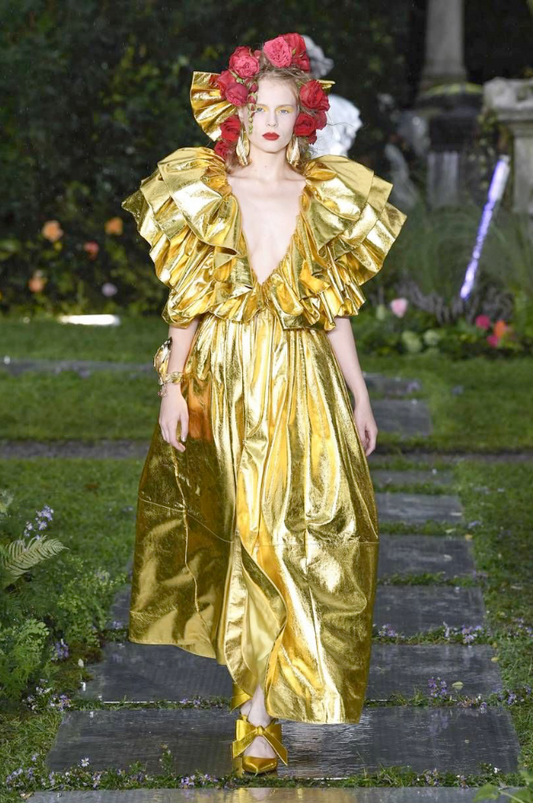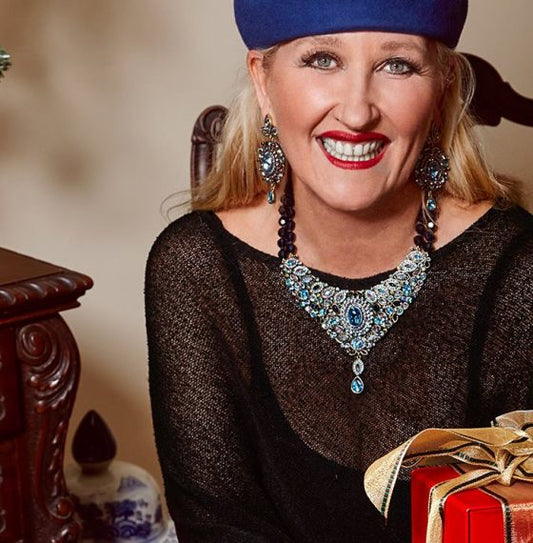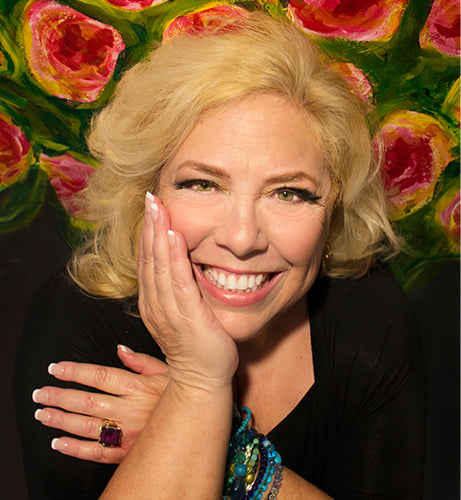talkingfashion
Metallic’s Glimmering Fashion History
Metallic’s Glimmering Fashion History By Paige McKirahan From the eye catching metallic jumpsuits of the ‘70s to the glimmering casings of the latest iPhones, metal motifs have been loved...
Metallic’s Glimmering Fashion History
Metallic’s Glimmering Fashion History By Paige McKirahan From the eye catching metallic jumpsuits of the ‘70s to the glimmering casings of the latest iPhones, metal motifs have been loved...

Pedal to the Metal
Pedal to the Metal by Morgan Watkins Fashion is all about standing out from the crowd, and the metallics trend sits at the height of this sentiment. Shiny style statements made...
Pedal to the Metal
Pedal to the Metal by Morgan Watkins Fashion is all about standing out from the crowd, and the metallics trend sits at the height of this sentiment. Shiny style statements made...

Contemporary Fashion Jewelry Designer Heidi Daus
Statement jewelry pieces is what Heidi Daus creates. Her inspiration comes from art deco and chinoiserie. Fans adore the luxurious feel her pieces give them. Due to her passion of...
Contemporary Fashion Jewelry Designer Heidi Daus
Statement jewelry pieces is what Heidi Daus creates. Her inspiration comes from art deco and chinoiserie. Fans adore the luxurious feel her pieces give them. Due to her passion of...

Designer Spotlight: Sugar Gay Isber
Designer Spotlight: Sugar Gay Isber By Paige McKirahan This week, we have decided to spotlight a designer that is not only prominent in our collections, but prominent in jewelry lover's...
Designer Spotlight: Sugar Gay Isber
Designer Spotlight: Sugar Gay Isber By Paige McKirahan This week, we have decided to spotlight a designer that is not only prominent in our collections, but prominent in jewelry lover's...

A Passion for Jewelry
I don't know about you, but to me jewelry means joy. My dear grandmother planted this seed in my head when I was a little kid. I was always intrigued by the most...
A Passion for Jewelry
I don't know about you, but to me jewelry means joy. My dear grandmother planted this seed in my head when I was a little kid. I was always intrigued by the most...
The Met Museum Presents Jewelry: The Body Trans...
The Met Museum Presents Jewelry: The Body Transformed By Paige McKirahan In the wake of The Metropolitan Museum of Art’s most successful fashion related exhibit since its conception (talking...
The Met Museum Presents Jewelry: The Body Trans...
The Met Museum Presents Jewelry: The Body Transformed By Paige McKirahan In the wake of The Metropolitan Museum of Art’s most successful fashion related exhibit since its conception (talking...
